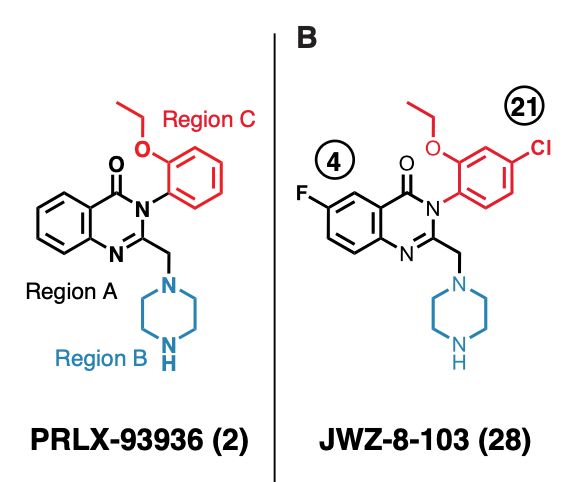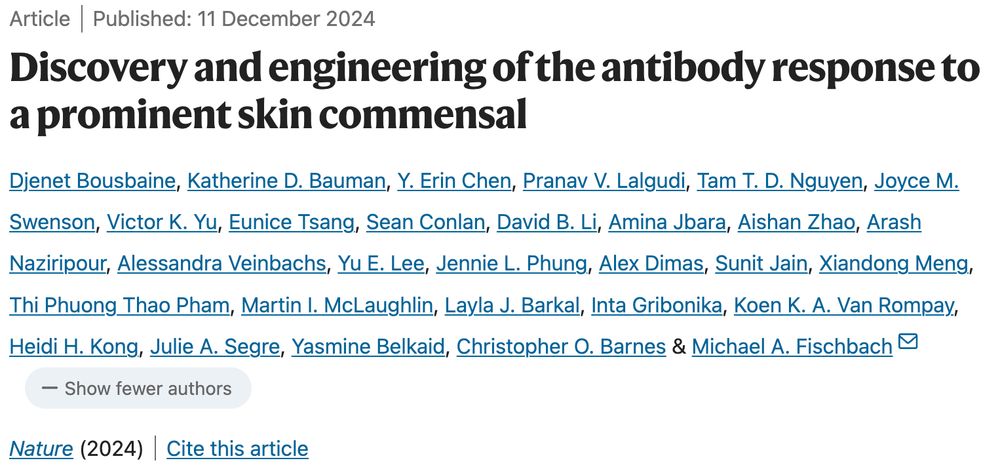Steven Corsello
@corsello.bsky.social
180 followers
270 following
21 posts
Physician scientist and oncologist at Stanford. Phenotypic drug discovery for cancer. https://corsellolab.stanford.edu/
Posts
Media
Videos
Starter Packs
Reposted by Steven Corsello
Steven Corsello
@corsello.bsky.social
· Sep 2
Steven Corsello
@corsello.bsky.social
· Sep 2
Steven Corsello
@corsello.bsky.social
· Sep 2
Steven Corsello
@corsello.bsky.social
· Sep 2
Steven Corsello
@corsello.bsky.social
· Sep 2
Steven Corsello
@corsello.bsky.social
· Sep 2
Defining the antitumor mechanism of action of a clinical-stage compound as a selective degrader of the nuclear pore complex
Abstract. Cancer cells are acutely dependent on nuclear transport due to elevated transcriptional activity, suggesting an unrealized opportunity for selective therapeutic inhibition of the nuclear por...
aacrjournals.org
Reposted by Steven Corsello
Reposted by Steven Corsello
Reposted by Steven Corsello
Reposted by Steven Corsello
Steven Corsello
@corsello.bsky.social
· Nov 24
























